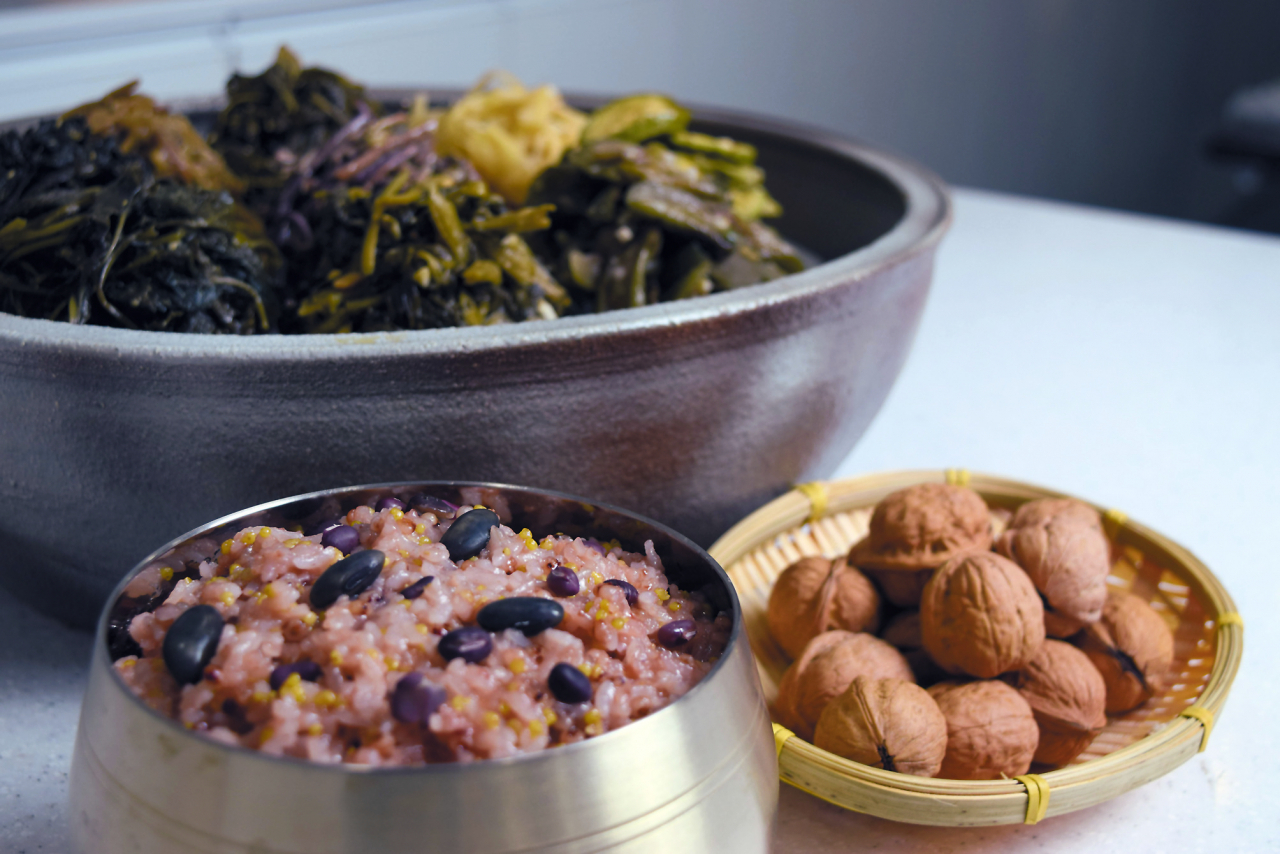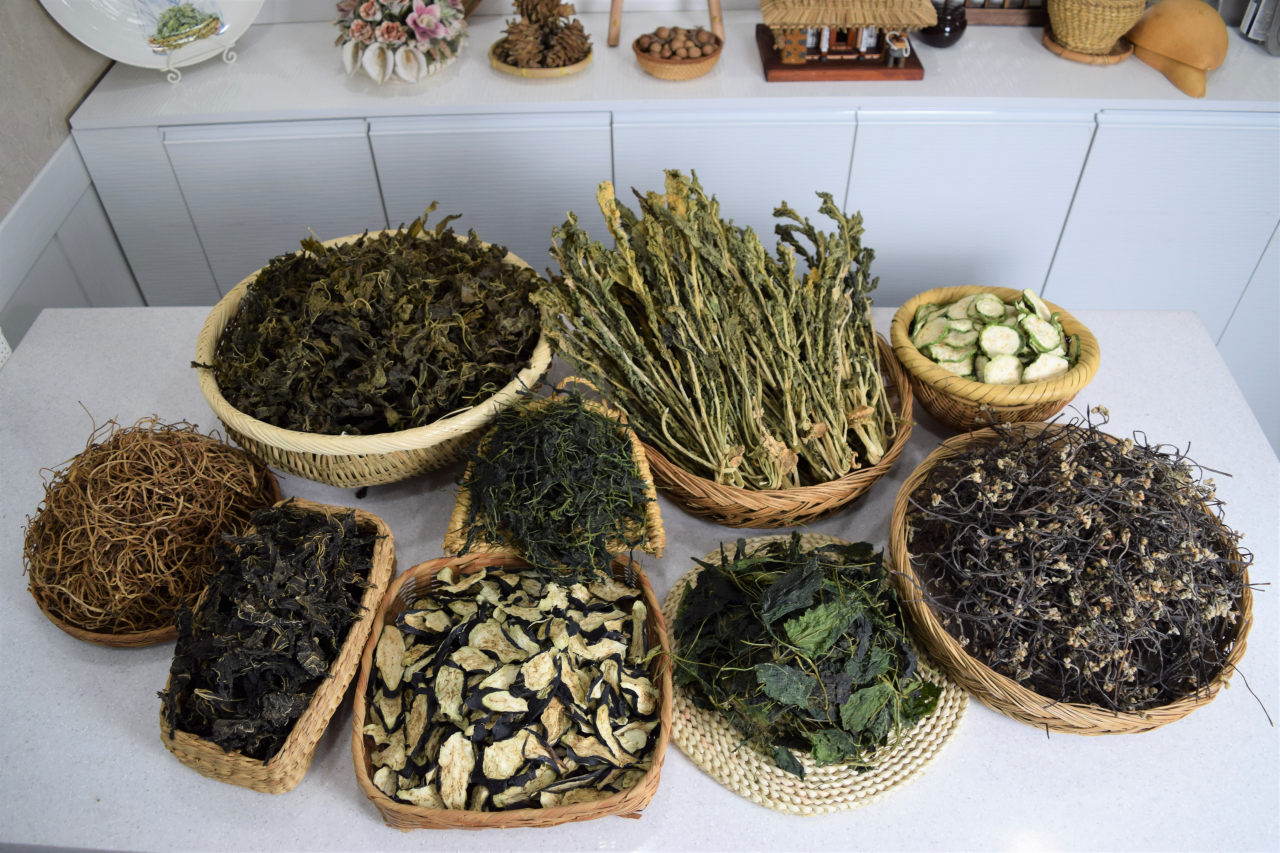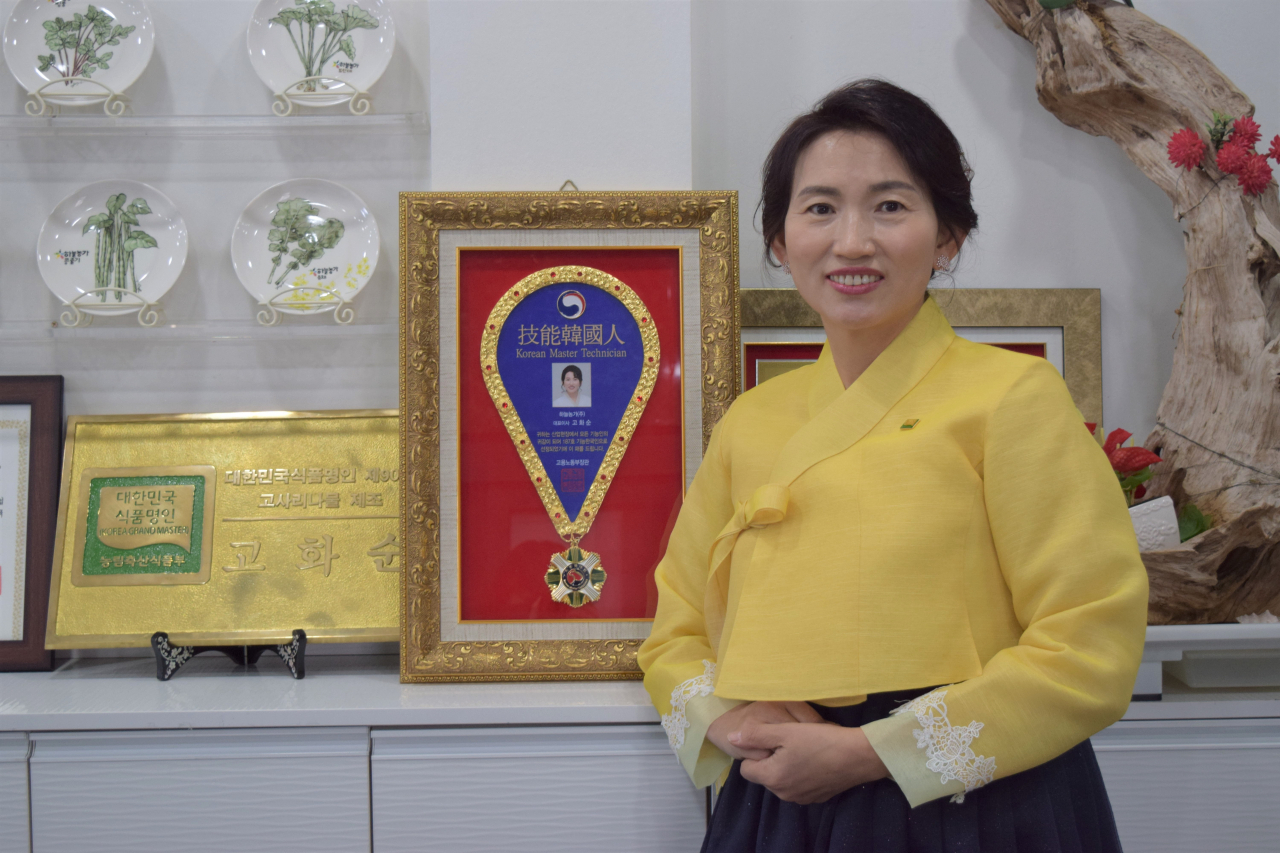
On the day of the first full moon of the lunar calendar, which falls on the 15th day of the new year according to the lunar calendar, Koreans celebrate Jeongwol Daeboreum.
The history of Jeongwol Daeboreum dates back to the Three Kingdoms period.
With traditional food and drinks shared among families and neighbors on this festive day, people send their wishes for a healthy and fruitful new year to the first full moon.
Special days mean special dishes. On Daeboreum, ogokbap (rice mixed with five kinds of grains), namul (seasoned vegetables) and bureom (an assortment of nuts) are typically enjoyed.
The tradition of ogokbap has its roots in an old legend during the reign of King Soji, the 21st king of Silla. One day, after a crow had informed King Soji of treason, the king held ceremonies with chalbap, glutinous rice, to thank the crow each year. People carried on the ritual by having rice with various grains to wish for a prosperous year.
Today, ogokbap usually consists of glutinous rice, sorghum, glutinous foxtail millet, red beans and black beans.

A bowl of bureom, which generally consists of walnuts, peanuts, chestnuts and gingko nuts, was shared on the morning of Daeboreum. Korean ancestors believed that cracking open the nutshells with their teeth would make them strong and ward off bad luck.
Fresh vegetables harvested during the summer and dried for storage over the winter months were cooked as namul to be eaten on Daeboreum. According to folk medicine, eating namul protects people from heat-related illnesses in the summer.
Gosari namul master Go Hwa-soon, 54, encountered the value of namul when she was 6 years old.
"Growing up near a verdant valley in the countryside, I was fortunate to learn to identify the different kinds of namul with my own eyes and hands,” Go told to The Korea Herald at her office in Namyangju, Gyeonggi Province.
As the first namul master to be certified by the Ministry of Agriculture, Food and Rural Affairs in 2021, Go's specialty is gosari namul, made from fernbrake that usually grow in the mountainside and hilltops.
Born and raised in Uljin, North Gyeongsang Province, Go and her friends would knock on neighbors' doors on the night before Jeongwol Daeboreum with wooden bowls in their hands. The bowls would quickly fill up with homemade ogokbap from their neighbors.

The next day, Go and her friends were filled with excitement as they gathered and decided which family's ogokbap was the best.
"Even as children, we acted as if we were experts or some food masters. We would ask our moms to explain which grains were used in different ogokbap, and what type goes well with different namul and kimchi,” Go said.
A myth has it that sharing ogokbap with three neighbors that have different last names on Daeboreum would bring good fortune to the household. The real intention of the myth was to encourage the community to look after those who were poor and unable to have regular meals, Go explained.
“Even after I landed a job, I remembered these moments for a long time. One day, I decided that I wanted to learn about namul in depth, and make them enjoyable for children, the way I enjoyed them.”
Go quit her job at a pharmaceutical company and started studying namul.
In the evenings, she studied namul, digging into old archives while during the day she worked part time at a lunch catering farm for public schools. At work, Go insisted that namul be served regularly to elementary school students, since a growing number of children today are not used to having namul at home.
"There are multiple steps to making namul, which makes it complicated for novice cooks,” Go said, pointing out that picking vegetables at their freshest for drying is crucial.
Since having nutritious food was hard to come by during the winter in the past, Koreans would harvest vegetables in the summer and dry them so they could be stored. When winter came, a humble namul dish, which is abundant in fiber and minerals, supplemented people’s diets to maintain their bodies’ balance, Go said.
The dried vegetables are blanched or steamed to soften them and seasoned with salt, soy sauce and sesame or perilla oil. Different regions in the country have different additional seasonings.
"A must-follow rule when seasoning namul is not to lose their inherent sweet and bitter scent and flavor. Oftentimes, too much seasoning results in different namul tasting all the same. Blanching the dried vegetables to a proper softness is also crucial to protect each namul’s unique texture."
Go says her next goal is to put namul on the UNESCO's Intangible Cultural Heritage list.
During Go's travels to Europe and the US for food conventions, she recalled working with translators, most of whom were Korean students studying abroad.
"After the day's end, students would rush to ask me if they could take away namul dishes that had been on display. This made me feel something deep in my heart, and made me hope that someday, people can easily find namul in foreign countries," she said.
Go explained that each country can develop their own seasoning variations for namul catered to their palates.
"Although a namul master myself, I feel it unnecessary to strictly prescribe seasoning and cooking methods when introducing them on a global stage," Go said.
"Although there are standard ways and guidelines, namul can develop and change in form, just like our ancestors wisely adopted different ways of cooking in harmony with the environment."



















![[Today’s K-pop] Treasure to publish magazine for debut anniversary](http://res.heraldm.com/phpwas/restmb_idxmake.php?idx=642&simg=/content/image/2024/07/26/20240726050551_0.jpg&u=)